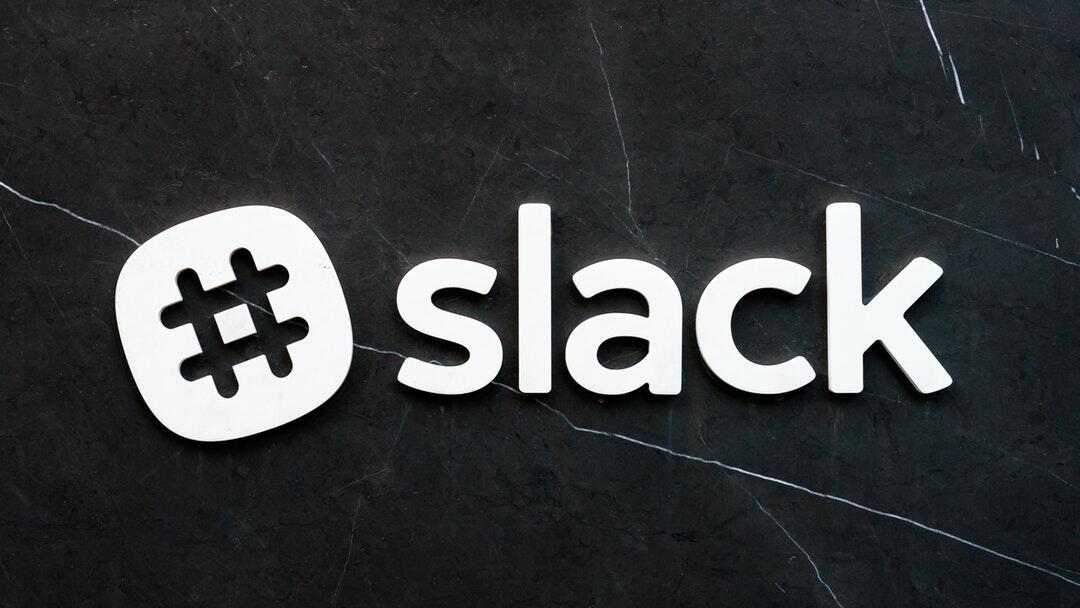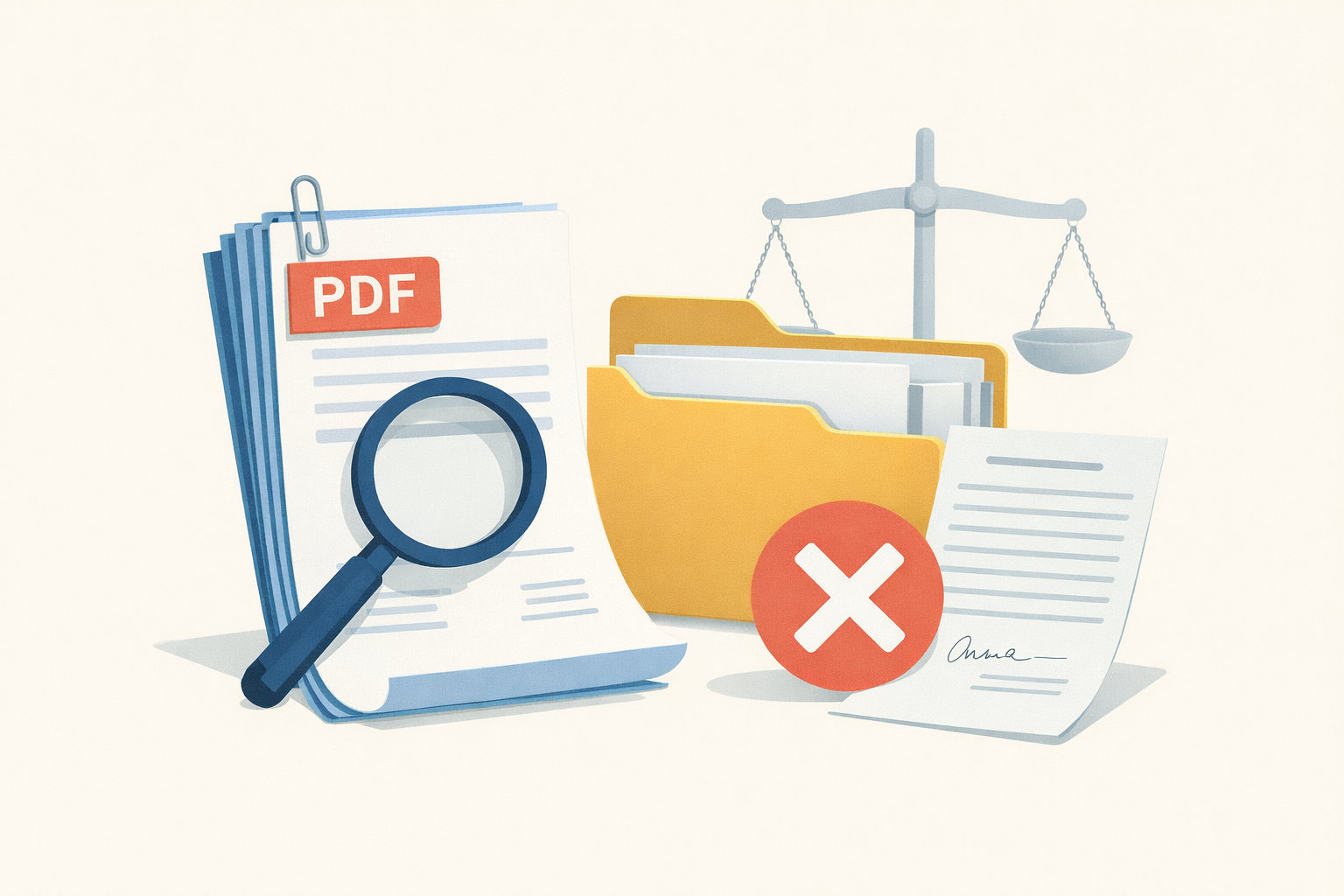Nations in Europe, the Middle East, and Asia (EMEA) have unique compliance needs specific to their respective regions. Collaborating with others is also critical in any eDiscovery process worldwide.
Slack discovery is a critical part of internal investigations for legal teams complying with data requests, and integrating Slack messages and files into other applications is critical for success.
According to AttendanceBot statistics, 10 million active Slack users in over 150 countries log 9+ hours in the application per day. This usage naturally means that the application stores a high volume of data within the average enterprise. This data can be invaluable for legal teams at all stages of the eDiscovery process, so accessing it must be a top priority.
Here, we'll help legal teams understand the complexities of discovering Slack data. Read on to learn some best practices for compliance and collaboration in the EMEA region.
What Is Slack eDiscovery?
According to Slack's statistics, about 80% of Fortune 100 companies use the platform. Businesses that integrate it into their communication model set themselves up for success.
This is especially true when it comes to eDiscovery processes. During eDiscovery, you hold data for use in court or litigation proceedings. Custodians must hold it in a way that prevents deletion or spoliation.
Legal teams can review the held data easily with eDiscovery tools. This lets them find information easily and redact PII as fast as possible. Review is efficient and effective, and the speedy process gives teams more time to build compelling cases.
Slack eDiscovery is simply undergoing the eDiscovery process with Slack data. You export information from Slack channels into an integrated dashboard. This makes it searchable and easy to interpret.
Logikcull Connectors: How to Extract Slack Data
To extract Slack data for internal investigations, applying Logikcull's platform is key. We have connectors that link to dozens of applications, including Slack.
Logikcull connectors are made for efficiency, and understanding their mechanisms is important for any legal team
After directly integrating with Slack's API, the connector pulls data directly from the source. It takes any data you want from Slack, including deleted data that you have chosen to retain.
Both messages and files can go through our connectors and into our all-in-one dashboard.
Once data gets into the Logikcull application, the platform will:
- Automatically index data
- Apply tags
- Erase duplicates
- Transcribe audio and video content
This makes it easier to sort through and analyze at all stages of the eDiscovery process.
Intelligent sorting is a core part of automated processing. During this process, the platform sifts through your data and applies filters based on:
- Keywords
- File types (messages, PDFs, images, etc)
- Sender
- Recipient
- Slack channel through which files/messages were sent
This lets teams search and review information more easily within one integrated location. You can tag it, use generative AI to create summaries of complex data, and get charts and heat maps for easier analysis.
Frequently Asked Questions
What Makes Logikcull Stand Out?
Logikcull is an end-to-end technology that takes you through all nine stages of the eDiscovery process. The EDRM outlines these phases as:
- Information governance
- ESI identification
- Preserving ESI
- Collecting data from multiple sources
- Processing data by
- De-duplicating
- Normalizing file types
- Creating review-friendly formats
- Reviewing information
- Analyzing the content of data and its patterns
- Producing relevant, censored information to those who made the request
- Presenting the ESI in court
Using Logikcull means eliminating the need for manual review at any point in the eDiscovery process. This makes it faster and more efficient. You don't need to re-process data from external sources and can instead analyze it within seconds.
The closed-loop environment of Logikcull also enhances security and protects sensitive data from Slack.
What Is the Role of Slack Retention?
There are two types of retention in Slack.
The first is message retention, and you can set the application to hold all of the messages and revisions forever. However, this is a customizable action, and you can choose to retain all messages without revisions. You can also set it to hold messages for a specific timeframe before deleting them.
File retention has two major settings. You can retain all files forever and set it to include deleted files as well. You can also choose to delete both active and deleted files after a set number of days if you don't want to store them forever.
Retention is important in eDiscovery processes because it lets you access everything needed for litigation and court cases. You'll know that you have all the information you need in its unaltered format, ready for recovery. This ensures that you have all the requested information and makes it easier to form a compelling case.
What Kind of Data Do Companies Store in Slack?
Companies store a wide array of information in Slack. A lot of it is user-generated content. This content might include:
- Messages between users in
- Private channels.
- Public channels.
- Direct messages.
- Files like documents and images
- Data indexing features that make searching Slack easier.
- App-generated data made with Slackbot.
It also holds user data like individual channel members' profiles. Details on which users belong to specific channels within the workspace are available.
Metadata is also extractable. This includes:
- Channel information
- Logs of edits made to messages/files
- Workplace analytics data like
- Most used channels
- Message volume within each channel
- Response rates to messages
Streamline Slack Discovery Processes With Logikcull
Understanding the ins and outs of Slack discovery ensures that you can easily organize and manage litigation-relevant data. Now that you know how Logikcull can save time and money by integrating and culling information from Slack, it's time to learn more about our user-friendly functionality and top-notch features.
Logikcull works with over 1,500 legal teams all across the world to streamline eDiscovery processes and workflows. We're committed to utilizing the best AI models in the industry, so we're constantly developing and optimizing our AI-driven platform for easier use and better function.
We're excited to show you how we can take you through every phase of the eDiscovery process, so download our Slack eDiscovery guide to learn how EMEA countries can streamline integrations and review.




